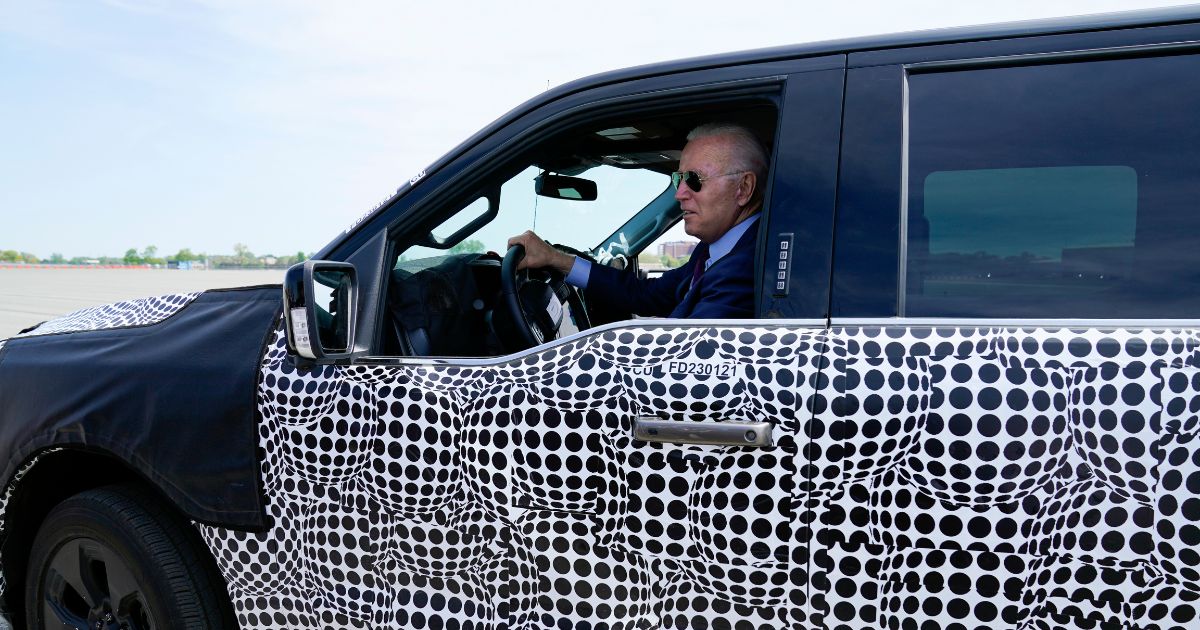Electric Vehicles Spark Rush to Train 100,000 Australian Mechanics
It might appear that something is missing from the bonnet of an electric car (EV).
Electric cars don’t have a transmission, fuel pump or spark plugs. There are also fewer moving parts.
These changes can be so stark that even casual observers are struck by them. They could stump a home mechanic, panel beater or mechanic who is not trained.
Stavros Yallouridis, chief executive of Motor Trades Association (MTA), New South Wales (NSW), warns that Australia is behind the rest in terms of retraining its automobile workforce.
Over 100,000 Australian technicians will require further training in order to service the increasing number of electric cars on Australian roads by 2030. Experts warn that little attention has been paid.
Automotive associations are urging federal and state governments to urgently take action to increase electric vehicle training and to avoid accidents. “a bungled EV rollout”.
This is a problem that industry bodies have raised since the last federal budget. It contained fringe benefits tax cuts to increase the uptake of electric cars, but did not address how they would get serviced.
While issues like fuel-emission standards or charging infrastructure were the most prominent in the discussion about putting more electric cars onto Australian roads, the issue of how to maintain them was not.
“Specialist training in electric car and battery maintenance for mechanics is critical to avoid workplace safety dangers and driver risks,” Yallouridis said.
More than 49,000 automotive technicians are licensed in NSW, and there are more than 100,000 throughout the country.
Yallouridis reported that the association had invested $1 million (0.68 million US) in purchasing specialised German electric vehicle equipment to create short courses in safety and maintenance.
He said that training the entire workforce of NSW would cost more than $100million and that governments should work with the industry to share the costs and create standards.
“To do anything less is reckless and puts the transformation in jeopardy, risking our country’s ability to reduce emissions and meet our international obligations,” Yallouridis said.
“Nobody wants to see a bungled EV rollout. This has to be scaled up right the first time around.”
Australians are driving more than 83,000 electric vehicles, with over 100,000 expected to arrive on the streets in the coming months.
Hugo Acosta of vehicle operations company Carma stated that even though the numbers are small, it is becoming evident that there is a shortage of qualified mechanics to service electric vehicles.
Acosta stated that the company which sells used vehicles online and inspects, reconditions, and sells them second-hand, is having trouble finding qualified mechanics to work on both petrol and electric cars.
“There is a lag in offering certification and training for these technicians,” Acosta spoke to AAP.
Carma was in the market for a couple of apprentices but recruits faced limited opportunities and had to choose whether to complete four years of training in electric or petrol vehicles—not both.
“Of the registered training organisations, only seven are offering EV training for apprentices versus 168 organisations for (internal combustion engine) cars,” Acosta spoke.
“Obviously that’s a challenge because you’ve got these new people coming into the industry and having to choose.”
Collin Jennings from MTA NSW, head of advocacy and government relations at MTA NSW, stated that automotive apprenticeships are complicated by the practical component.
Each apprentice must be paired up with a mechanic who is qualified in the service of electric vehicles. This is not a common qualification.
“A lot of what apprentices do is is on-the-job training,” Jennings said.
“While apprenticeships might start today, it will be a question of whether the person in that workshop supervising the apprentice has the skills (to service an electric vehicle).”
Additional training will be required for those working in similar fields. Untrained personnel could face risks when dealing with an electric vehicle that has been damaged in an accident.
“Each technician, be they working at a service centre, all the way through to tow truck drivers, panel beaters, spray painters, will all need to be upskilled in how to de-power an electric vehicle,” Jennings said.
“Electric vehicle batteries store up to about 800 volts. If they’re damaged and not handled properly they can be dangerous.”
Australia might only need seven years to increase training for thousands more auto workers.
The ACT has set a target to sell 80 percent of its electric vehicles by 2030. Queensland and South Australia have a 50 percent market share.
Australia’s transportation transition could be hampered if governments do not work quickly with industry.
“We don’t want to be in a situation in five years where three quarters of the workforce don’t know how to work with electric vehicles,” Jennings said.
From Electric Vehicles Spark Rush to Train 100,000 Australian Mechanics
Conservative News Daily does not endorse or share the views and opinions expressed in this article.
" Conservative News Daily does not always share or support the views and opinions expressed here; they are just those of the writer."



